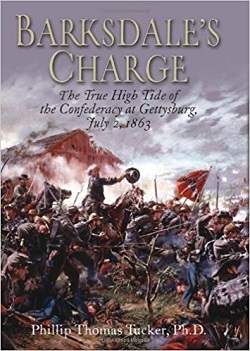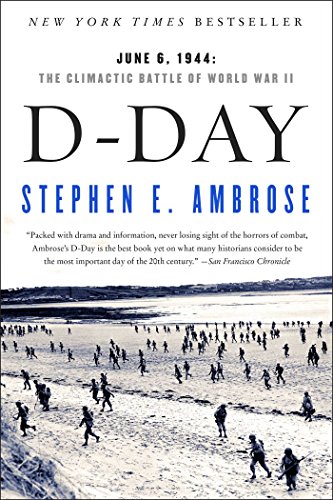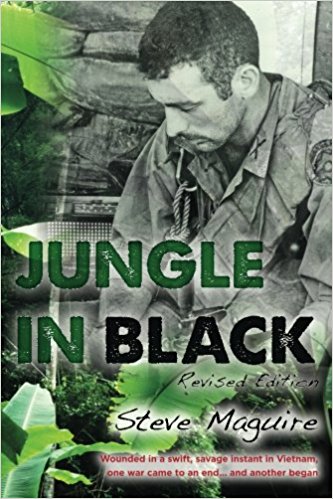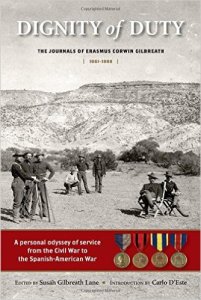
Very Readable
Phillip Thomas Tucker’s has written a well researched, very readable book titled "Barksdale's Charge: The True High Tide of the Confederacy at Gettysburg, July 2, 1863".
Dr. Tucker’s book makes the premise that at the Battle of Gettysburg General Barksdale's charge is more significant that General Picket’s charge. The author presents detail after detail.
Mississippi Brigade
The book gives a wonderful history of the Mississippi Brigade. He points out they are tall, straight shooters, and brave. I found the book redundant at points.
The author makes good arguments for Barksdale’s charge being more important than Pickett’s. If Barksdale had lived and expended the same energy that Pickett did in defending his actions, we think more highly of his Mississippi brigade’s contributions. Interestingly, the point of view presented was almost exclusively southern apologetic.
Pickett's Charge vs Barksdale's Charge
The book was an enjoyable read. The history of the Mississippi brigade and its contributions are worth the purchase price. I think the historians have already decided Pickett charge was more important than Barksdale’s, but it made me reevaluate.
I have read more than twenty-five books and memoirs on the subject of the Battle of Gettysburg. I have walked the paths of Barksdale's Charge. Pickett's Charge, and stood on Little Round Top. I am a trained historian by education who has studied a significant amount of military history. I am a former US Army infantry officer who has studied the battle in detail in my military science curriculum. I know how to examine the presented premise but respectfully disagree with it.










